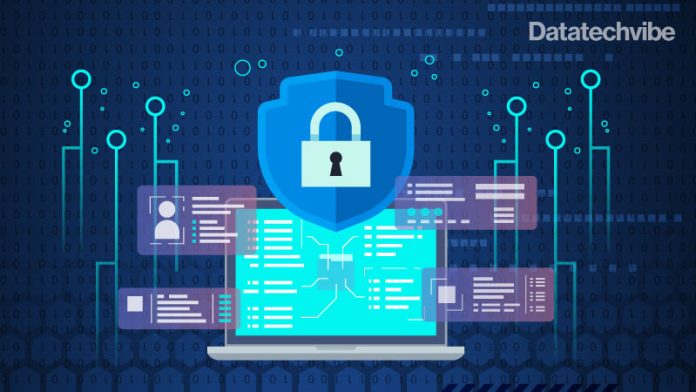Younger users often fall victim to cybercrime at higher rates than older generations, despite having access to cybersecurity training.
As Cybersecurity Awareness Month enters its second decade, its effectiveness deserves careful examination—particularly as cyber threats continue to rise. While awareness among users has improved, translating that knowledge into action remains a challenge.
Will Cybersecurity Awareness Month ever move beyond the simple mantra of “watch where you click?” What steps can businesses take to foster better cybersecurity practices among their employees? The answers extend far beyond basic awareness.
A recent quote from an anonymous CISO featured in Cybersecurity Tribe captures the skepticism surrounding the month’s impact: “We are still making the same stupid mistakes we were 20 years ago.”
Rising Threats & Bridging the Awareness-Action Divide
According to Acronis Threat Research Unit data, the cybersecurity landscape in the UAE is facing unprecedented challenges with malware detections soaring by 65.3% and URL-based threats increasing by 36.9% in 2024.
Despite a slight decrease in ransomware detections, the potential risks remain high, suggesting many organisations could still be vulnerable. The evolving threat landscape demands ongoing vigilance and robust cybersecurity measures to protect businesses and individuals across the region.
The gap between knowledge and behavior is stark. Data from the National Cybersecurity Alliance shows that younger users—particularly GenZ and millennials—often fall victim to cybercrime at higher rates than older generations, despite having access to cybersecurity training. Frustration with online security processes may lead them to neglect best practices, with many expressing that maintaining security feels daunting.
Fostering a Cybersecurity Culture
To bridge the gap between awareness and action, organisations must cultivate a robust cybersecurity culture:
- Highlight Consequences: Employees should understand that cyberattacks can jeopardise their jobs and the business. Framing cybersecurity as a shared responsibility can motivate better practices.
- Encourage Open Dialogue: Incorporate cybersecurity discussions into regular meetings. Making it a part of daily conversations helps normalise the topic and encourages employee engagement.
- Lead by Example: Leaders should model good cybersecurity practices. Using MFA and reporting suspicious emails can help foster a collective sense of responsibility.
- Implement Effective Technology: Investing in reliable cybersecurity technology is essential. While training is vital, it should be part of a broader strategy that continuously reinforces good practices.
Cybersecurity Awareness Month has indeed led to improvements in knowledge and awareness, but behavioral change is still a work in progress. By nurturing a culture of cybersecurity that emphasizes responsibility and engagement, organizations can significantly influence employee actions. Ultimately, the focus must shift from awareness alone to creating an environment where good cybersecurity practices are integral to daily operations.









